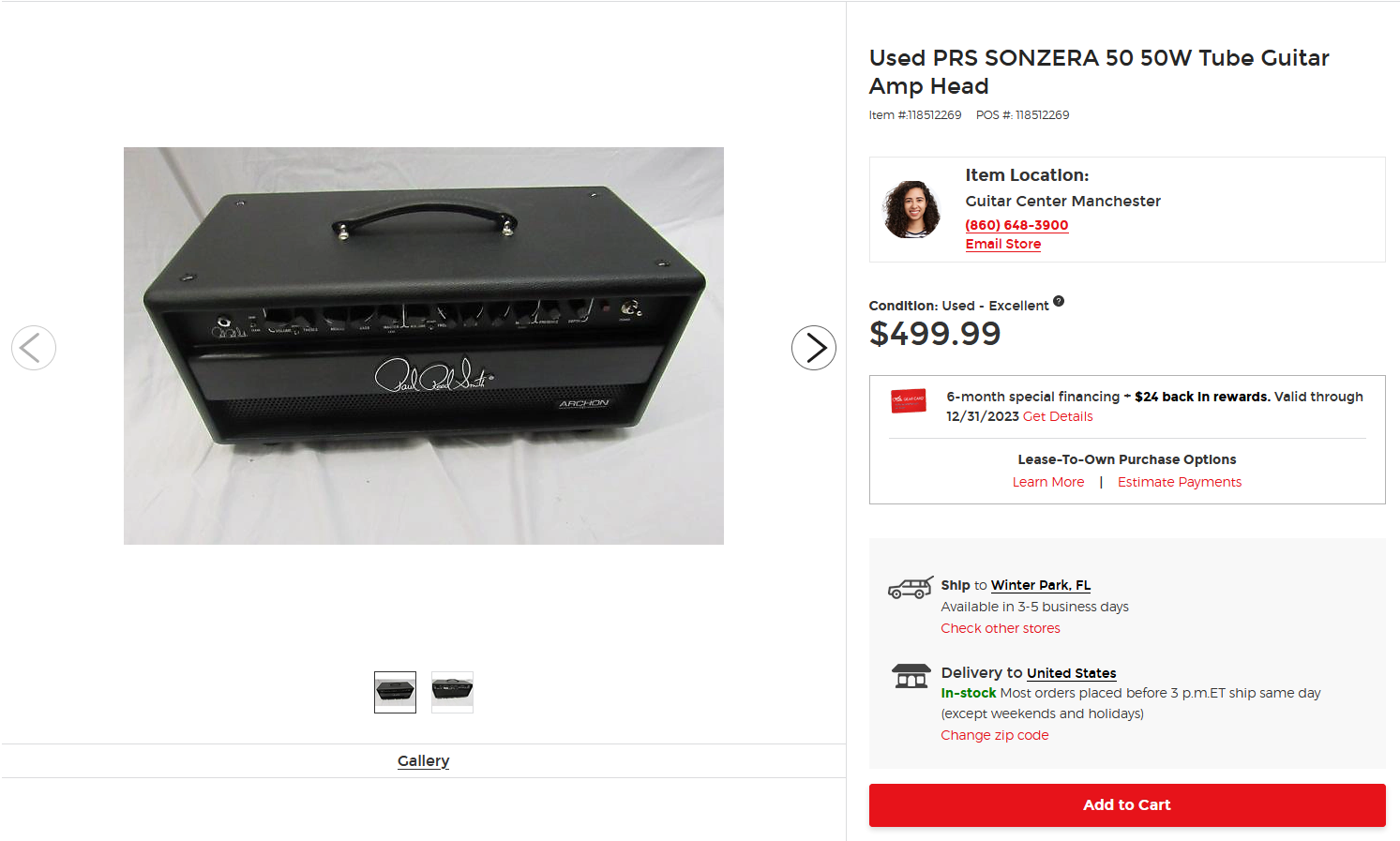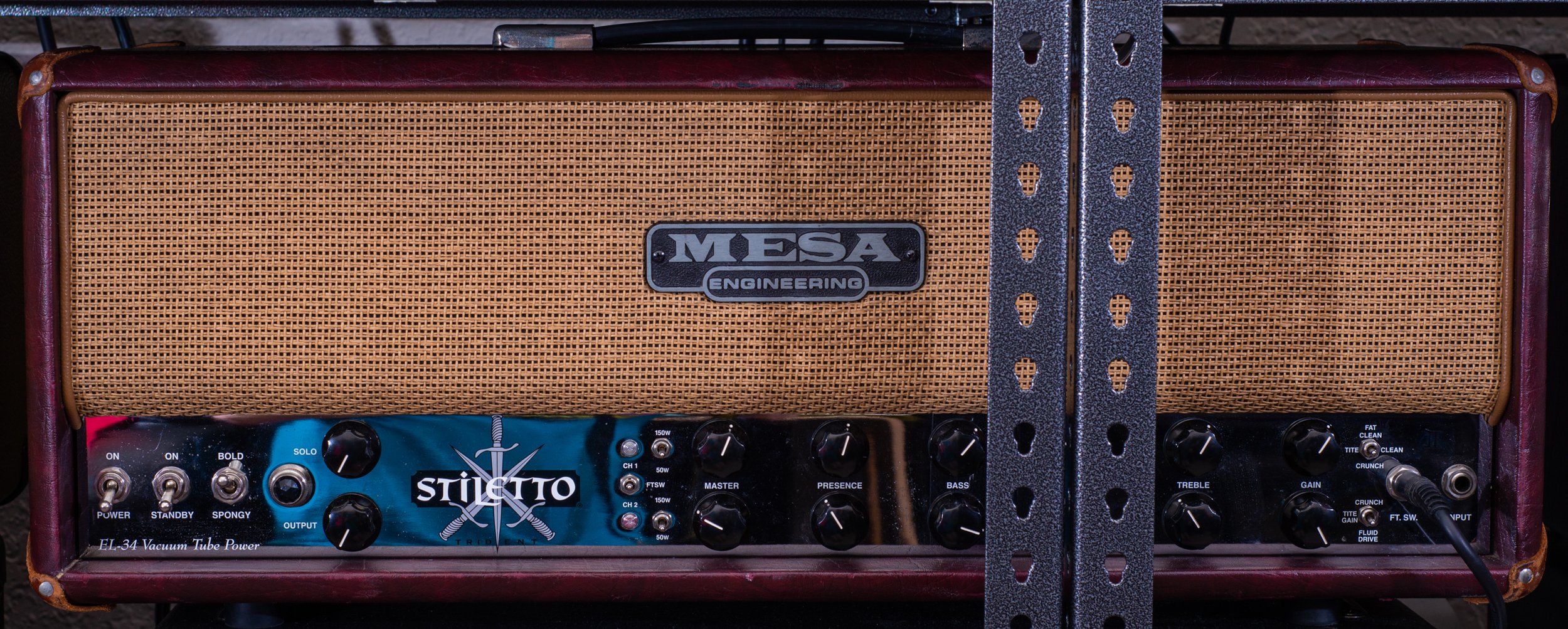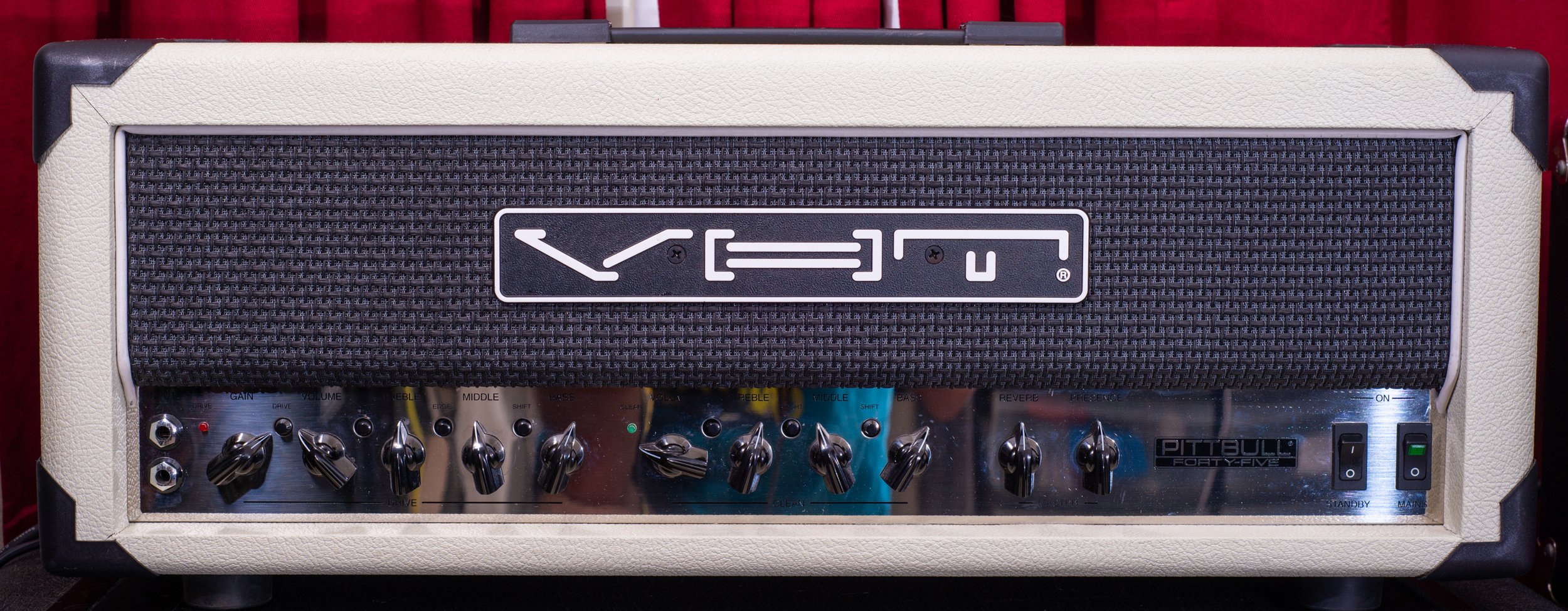Picked these two amps up while searching for some deals on Guitar Center. Let’s start with the ENGL.
The Straight 100 has intrigued me for a while - it has a relatively stellar reputation, but they must not have sold that well as they are quite rare, at least in the US. There is some positive association with George Lynch, and it’s release in the late 80s as a dual channel high gain amp definitely brings an expectation of a thrash metal kind of machine.
With that in mind, I was extremely surprised at just how great the clean channel sounds on this amp. It’s very full bodied, modern sounding, and has some very usable switches to shape the tone, with great sounding spring reverb. The overdrive channel on the other hand, has a fantastic crunch mode which feels like a logical extension of the clean channel. Once the “lead boost” switch is turned on though, it really departs from those sounds and has a fairly saturated lead tone with a bright and cutting high end. It does not have a deep modern saturated sound, or heavy bass impact, since this amp predates that trend (likely started around roughly 1992-1993 with the Peavey 5150 or Mesa Dual Rectifier).
It’s very cool to hear the progression of tonal design in these early ENGL’s, since I’m lucky enough to have both amps on either side of this one - the E101 Digital Amp and the Savage. I’m planning to do a comparison video of all the ENGL’s I have, with the same riff, but I have a few more models I want to acquire and test before I put that all together.
This particular amp is the “standard” version, with a single button footswitch for changing channels, but there are some Straight models with a two button switch that allows channels as well as reverb to be turned on or off, or alternatively these special models allow the second channel’s lead boost to be turned on or off from the footswitch. This effectively turns it into a 2.5 channel amp, as you’ll have a clean, crunch, and lead sounds all available from the footswitch (crunch and lead sharing an EQ and other tone shaping switches).
Next, I have a PRS Sonzera 50 head. This was a bit of an unintentional purchase, as online the listing was for a Sonzera but the pictures were all of an Archon 50. With the inconsistency of Guitar Center’s listings, I figure I’d roll the dice and hope an Archon showed up for that ridiculously low price. Instead, the correct Sonzera arrived but I’m not too disappointed - it’s a pretty nice sounding amp and even though I didn’t get a 50% off Archon, I still think the price is pretty fair for the Sonzera.
So how’s the amp? It’s pretty decent, but I’ll admit it doesn’t break any records for me. It has a very nice clean channel, and is incredibly heavy with huge transformers. Disappointingly, it has some of the most sensitive master volume controls I’ve seen, and this amp is incredibly loud and difficult to manage compared to other 50 watters. Additionally, the reverb introduces a lot of background noise whenever it is set to anything besides fully on, or fully off. Luckily, you can set the reverb’s mix separately for both channels, which helps somewhat, but even on the clean channel setting the reverb to max is a bit too saturated. The distortion tone is thick and full sounding with plenty of gain for metal, and has an absolutely enormous amount of bass. In fact, it’s way too much bass, and I A/B tested this amp with my Bogner Uberschall, and the Sonzera has much more bass. It’s actually reasonably well controlled, at least in standard tuning, but it is definitely not an amp I’d call extremely clear or articulate, and it lacks the highs for that wall of sound rectifier type thing too (something the Uberschall can do if it so chooses). Obviously, comparing a $2k+ amp to a $500 amp isn’t quite fair, in some ways, but I find I’m using the Sonzera’s gain channel with the bass at barely 1 or 2. To make matters worse, the amp is completely anemic with the bass turned completely off, and it becomes quickly overwhelming very early in the sweep of the bass knob.
Overall, it’s a conflicting amp, and I see why these were discontinued and didn’t sell all that well. I’ve heard some great recorded tones on youtube of them, but there’s a few odd voicing choices and not enough of a stand out tone to make them worth recommending that much - but since they were only around $799 brand new I’d say they are a solid budget choice, as long as you can get around its limitations.








